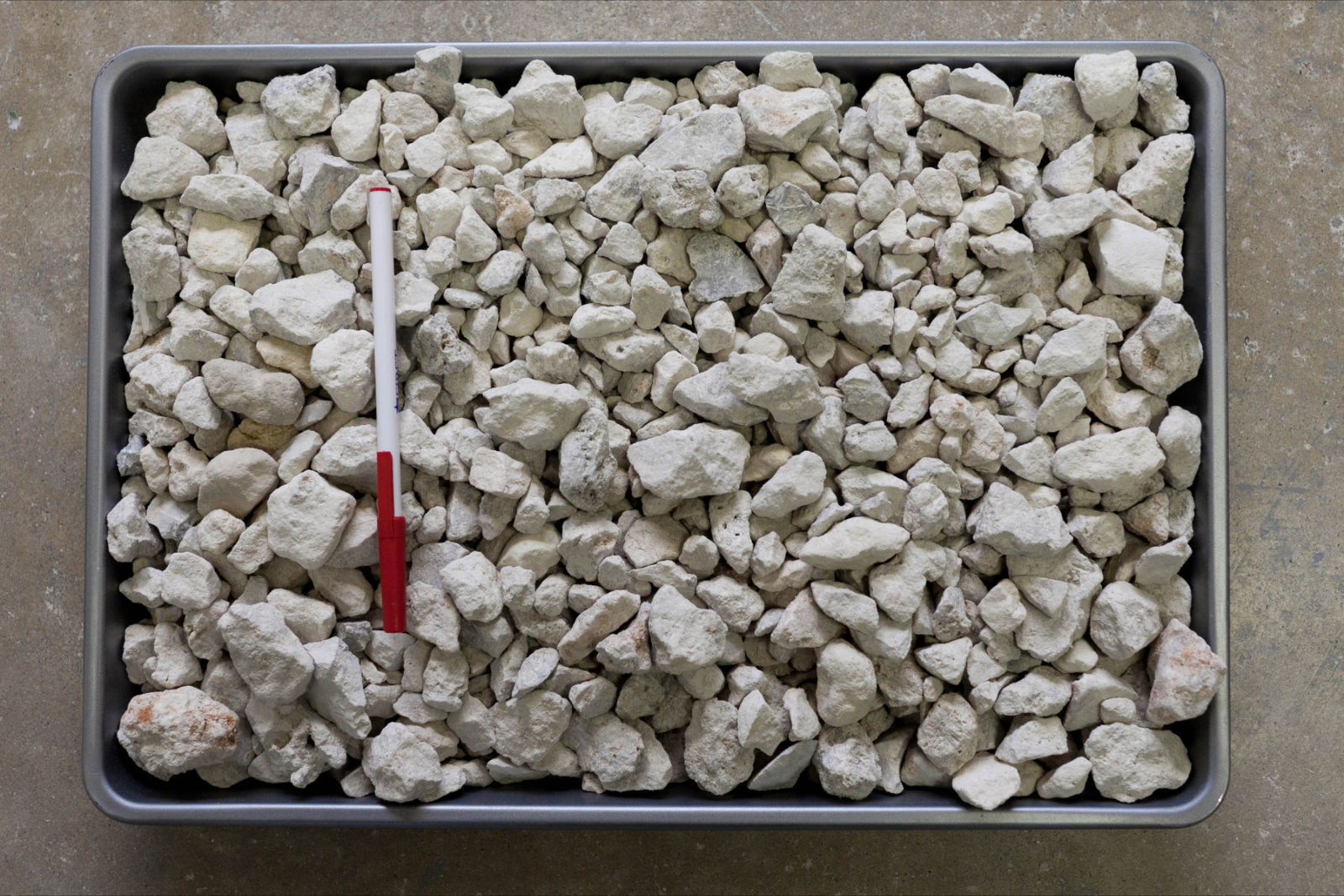
Recycling concrete is an alternative method of disposing of concrete waste. This method protects the earth from the damaging effects of concrete landfills. It is also an efficient way to conserve resources and reduce energy. Concrete is a heavy building material and takes up much of the landfill space. It can also be expensive to dispose of old concrete.
Recycled concrete refers to the process of converting old concrete into new concrete. Several jurisdictions have accepted this form of recycling. This method has proven to be cost-effective. In certain cases, a building materials firm will recycle the material on-site using mobile crushing machinery. In other instances, the materials can be transported to a facility for recycling. Concrete from recycled projects can be used as an aggregate source.
The sub-base layer, which is usually the shoulder stone, is where recycled concrete is most common. This method is more cost-effective than using virgin aggregate. Recycling also reduces transportation costs. Recycled concrete is a great way to save time and money on a large-scale building project. Recycled aggregate can also be reused to create garden beds, pathways, driveways, and more.

Reclaimed concrete may be approved by some jurisdictions to provide an alternative source for coarse aggregates for Portland cement concrete sidewalks. This form of aggregate is typically covered by a set of specifications.
Recycled organic components require a deeper study to assess the performance of Portland cement concrete mix mixes. These compounds are made of coal fly ash, a byproduct from the coal combustion process in power stations. These materials have caused serious environmental problems. However, the final product might be of lower quality because of the way it is pulverized. High water content can cause problems with concrete mix workability.
Concrete recycling is an effective and easy way to reduce the need for concrete being disposed of in landfills. It can also reduce the impact of aggregate extraction on the environment. LEED(r), Green Building Rating System (LEED(r) Green Building Rating System) recognizes the use and benefits of recycled concrete. All new construction projects must contain at least 40 percent postindustrial recycled content.
Reusing concrete in America is becoming more common as a method of reducing environmental impacts of construction projects. The American Concrete Pavement Association encourages the recycling of concrete. This association has developed methods to remove steel, and other foreign items from concrete. They also develop equipment for concrete recycling. The Transportation Research Board released a report detailing the various processes that were used in projects in different states.

Although concrete cannot be recycled 100%, it can bring many benefits to the environment as well as the budget. The savings are substantial.
FAQ
What is the average time it takes to renovate a house?
It all depends on how big the project is and how much time you spend each day. The average homeowner spends three to six hours each week working on the project.
Is it less expensive to renovate an existing house or build a new one?
If you're thinking about building a new home, there are two options for you. Pre-built homes are another option. These homes are ready to be moved into and have already been built. You could also build your dream home. This option will require you to hire a builder in order to design and build your dream house.
How much time and money it takes to design and plan a new house will affect the cost. You'll probably need to do the majority of the construction work yourself if you build a custom home. This will require more effort. But, you also have more control over which materials you choose and where you place them. It might be easier for you to find a contractor who has experience building custom homes.
A new house is generally more expensive than a home that has been renovated. You'll have to pay more for land and any improvements. Plus, you'll need to pay for permits and inspections. On average, the price difference for a new or remodeled property is between $10,000 and $20,000
How important is it to get pre-approved for a loan?
It's important to be pre-approved for mortgages. This will allow you to determine how much money you can borrow. It also helps you determine whether or not you qualify for a particular loan program.
How can you renovate your house without spending a lot of money?
These are the steps to follow when renovating your house without spending a lot of money.
-
A budget plan should be created
-
Learn what materials are needed
-
Pick a place for them
-
You will need to make a list of the things that you must buy.
-
How much money do you have?
-
Plan your renovation project
-
Start to work on your plans
-
Do some online research
-
Ask your family and friends for assistance
-
Get creative!
How much does it set you back to renovate your house?
Renovations are usually between $5,000 and $50,000. Most homeowners spend around $10,000 to $20,000 on renovations.
What should you consider when buying your next home?
Make sure you have enough cash saved to pay closing costs before buying a new house. If you don't have enough cash on hand, then you might want to think about refinancing your mortgage.
Statistics
- Design-builders may ask for a down payment of up to 25% or 33% of the job cost, says the NARI. (kiplinger.com)
- On jumbo loans of more than $636,150, you'll be able to borrow up to 80% of the home's completed value. (kiplinger.com)
- According to the National Association of the Remodeling Industry's 2019 remodeling impact report , realtors estimate that homeowners can recover 59% of the cost of a complete kitchen renovation if they sell their home. (bhg.com)
- Most lenders will lend you up to 75% or 80% of the appraised value of your home, but some will go higher. (kiplinger.com)
- It is advisable, however, to have a contingency of 10–20 per cent to allow for the unexpected expenses that can arise when renovating older homes. (realhomes.com)
External Links
How To
How can I plan a complete house remodel?
Planning a whole-house remodel requires planning and research. Before you even start your project there are many important things that you need to take into consideration. You must first decide what type home improvement you want. You could choose from different categories such as kitchen, bathroom, bedroom, living room, etc. Once you have decided which category you wish to work in, you will need to determine how much money you have to spend on your project. It's best to budget at least $5,000 per room if you don't have any experience working on homes. If you have some previous experience, you may be capable of getting away with a lower amount.
After you have determined how much money you have available, you can decide how big of a project you would like to undertake. You won't be capable of adding a new floor, installing a countertop, or painting the walls if your budget is limited to a small remodel. On the other side, if your budget allows for a full renovation of your kitchen, you'll be able do just about any task.
Next, look for a contractor with experience in the type or project you are looking to tackle. This way, you'll be guaranteed quality results and you'll save yourself a lot of headaches later on down the road. After finding a good contractor, you should start gathering materials and supplies. It depends on how large your project is, you might need to buy everything made from scratch. There are many stores that offer pre-made products so it shouldn't be difficult to find what you need.
Now it's time for you to start planning. Begin by sketching out a rough plan of where furniture and appliances will be placed. The next step is to design the layout of the rooms. You should leave enough space for electrical outlets and plumbing. Also, try to put the most used areas near the front door so that visitors can easily access them. Last, choose the colors and finishes that you want to finish your design. Avoid spending too much on your design by sticking to simple, neutral colors and designs.
Once you have completed your plan, it is time to begin building. It's important that you check the codes in your area before you start construction. While permits are required in some cities, homeowners can build without one in others. When you're ready to begin construction, you'll first want to remove all existing floors and walls. To protect your flooring, you will lay plywood sheets. Next, nail or screw pieces of wood together to form the frame that will house your cabinets. Finally, attach doors to the frame.
After you're done, there are still a few things you need to do. For example, you'll probably want to cover exposed pipes and wires. For this, you will use plastic sheeting or tape. You will also need to hang photos and mirrors. Be sure to tidy up your work space at all costs.
These steps will ensure that you have a beautiful and functional home, which will save you tons of money. Now that you have a basic understanding of how to plan a house remodel, it's time to get started.